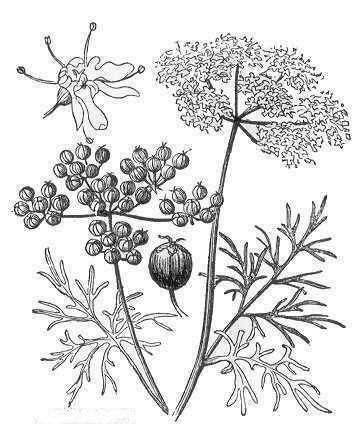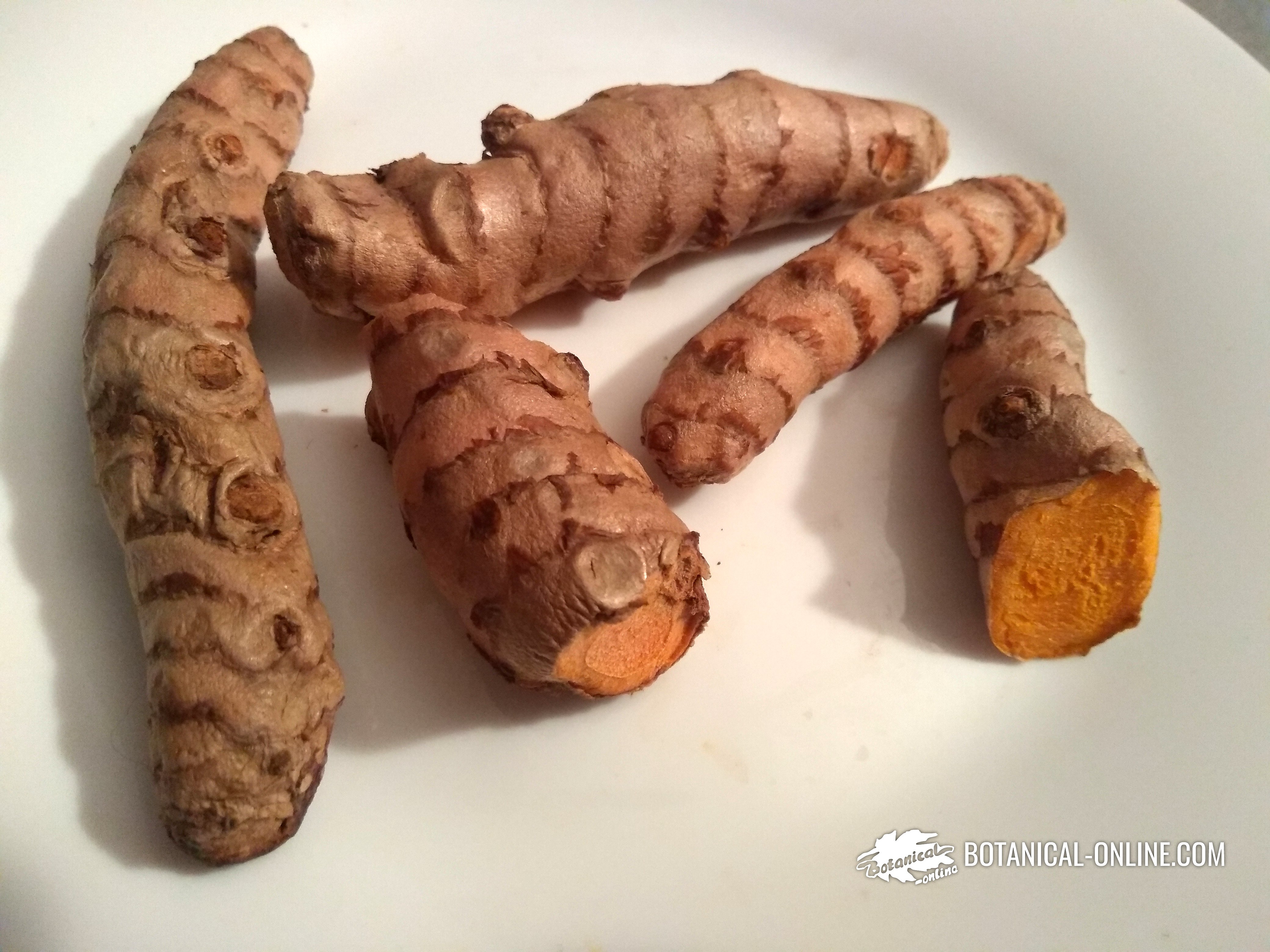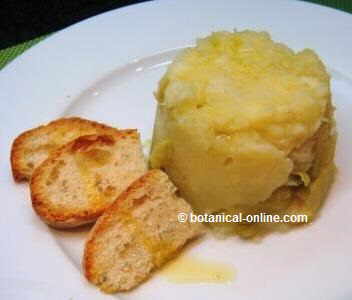Contents
Characteristics of piperine
What is piperine?
Piperine is an alkaloid very abundant in pepper. In fact, its name derives from the word Piper, which is the genus of plants within which the different types of pepper are included.
Who was the discoverer of piperine?
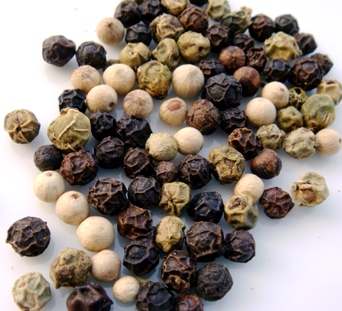
This substance was discovered in 1819 by Hans Christian Ørsted, a Danish physicist and chemist who isolated it from black pepper, which contains between 5 and 9% of piperine, mainly in the pericarp of the seed.
Other authors maintain that piperine was discovered by the French naturalist and chemist Mr. Pierre Joseph Pelletier, also discoverer of quinine, and famous for the discovery, in 1917 and together with Joseph Bienaimé Caventou, of chlorophyll.
Which plants contain piperine?
Piperine is found in black, green and white pepper (Piper nigrum), and in other plants such as long pepper (Piper longum ), Cubed or tailed pepper (Piper cubeba). ) or in Java pepper (Piper retrofractum).
In addition to plants of the Piper genus, piperine is also found in many other plant species: in celery seeds (Anethum graveolens ) and in African pepper or Guinea pepper (Xylopia aethiopica).
What is piperine good for?
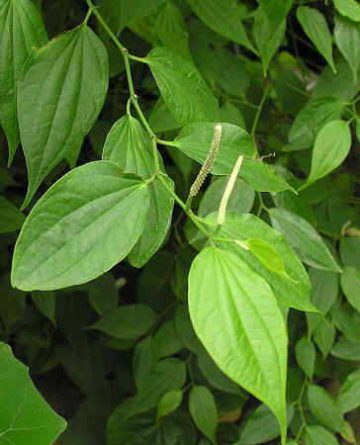
Piperine is a widely studied compound that has shown dozens of potentially beneficial properties for health, among which the following stand out:
- Analeptic effects, to stimulate and strengthen the body
- Thyroid stimulant
- Sialagous properties (stimulates salivation)
- Digestive properties (stimulates digestive secretions)
- Thermogenic
- Antioxidant
- Anti-inflammatory
- Hepatoprotective
- Antiseptic
- Hypocholesterolemic
- Muscle relaxing activity
Benefits of piperine
Piperine, the main responsible for the medicinal properties of pepper, is a widely studied alkaloid substance.
It has shown dozens of properties, among which digestive properties, antioxidants, anti-inflammatory, hepatoprotective, antiseptic and to lower cholesterol, which has pepper.
Other components and properties of piperine
Although piperine is the main medicinal compound of black pepper, there are other medicinal and aromatic substances in pepper, such as essential oils, flavonoids and other phytochemicals (eg skatole, cresol, sabinene, caryophyllene, linalool), that enhance and complement the properties of this substance.
As if all this were not enough, pepper increases assimilation, prolongs and potentiates the beneficial effect of other plants such as turmeric, rosemary or ginger.
All this without forgetting that, in addition to its possible virtues, pepper has exceptional organoleptic properties, its consumption being the perfect union between gastronomy and health.
What flavor does piperine have?
Piperine has a pungent and slightly bitter taste. The aromatic flavor of the pepper is due to other components of the fruit.
How to take piperine?
Piperine is soluble in alcohol, so one method to extract it is to reduce black pepper to powder and submerge it in alcohol or wine (hydroalcoholic extract). Then it must be distilled to separate the resinous part, and purified.
Piperine is insoluble in cold water and poorly soluble in hot water, so it does not dissolve well in infusions. The best way to get your benefits is by taking the ground peppercorns.
![]() More information on pepper
More information on pepper


